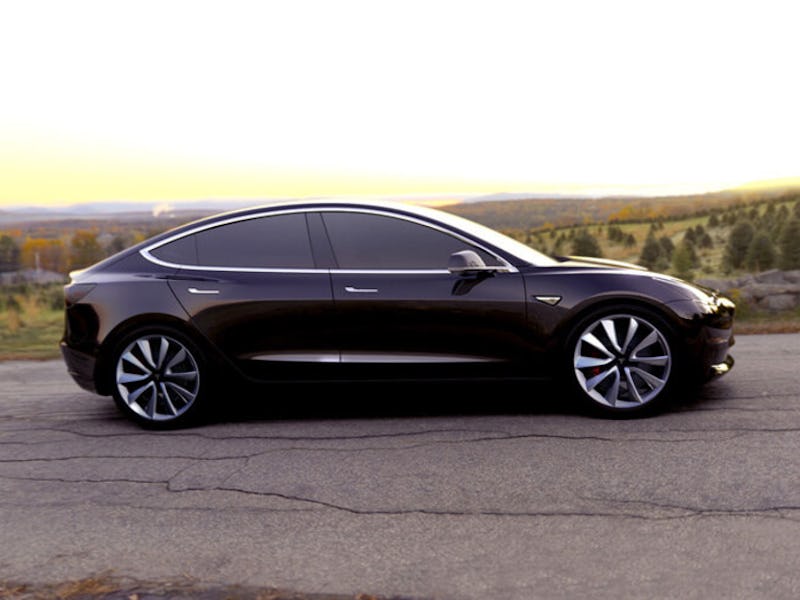The Tesla Model 3’s production is not quite panning out as expected. On Tuesday, the company revealed it had missed its production targets for the $35,000 electric vehicle by a wide margin, suggesting that CEO Elon Musk has failed to push the project out of what he described as “production hell.”
In the third quarter ending September, Tesla produced 260 Model 3 vehicles. The company previously claimed that production would grow exponentially following its July start date, reaching 100 cars in August and 1,500 by September.
“Model 3 production was less than anticipated due to production bottlenecks,” the company said in a statement. “Although the vast majority of manufacturing subsystems at both our California car plant and our Nevada Gigafactory are able to operate at high rate, a handful have taken longer to activate than expected.”
These first few months are key for the Model 3’s success. It’s by far the cheapest car the company has ever produced, severely undercutting the $69,500 Model S and opening Tesla up to a much wider audience.
Around half a million people placed down $1,000 to reserve their own vehicle, but initial configurations only cover the $44,000 long range version that can drive for 310 miles per charge. The cheaper model, which starts at $35,000 and runs for 220 miles, is expected to start shipping later. The race is on to satisfy those customers and get up to speed.
“Frankly we’re going to be in production hell,” Musk said during the Model 3 launch event, referring to the initial few months.
The third quarter announcement wasn’t all doom and gloom. Tesla delivered a total 26,150 vehicles, of which 14,065 were Model S and 11,865 were Model X. This was the best quarter for deliveries of all time, a 4.5 percent increase over its previous record quarter back in the third quarter of 2016.
But Tesla now faces an uphill challenge if it wants to get Model 3 production back on track. The company previously expected to reach 20,000 vehicles produced in the month of December, with the lofty goal of producing a staggering 10,000 cars per week at some point in 2018.
“It is important to emphasize that there are no fundamental issues with the Model 3 production or supply chain,” the company said in a statement. “We understand what needs to be fixed and we are confident of addressing the manufacturing bottleneck issues in the near-term.”
If you liked this article, check out this video of a Tesla Model X that predicts a car accident before it even happens.
